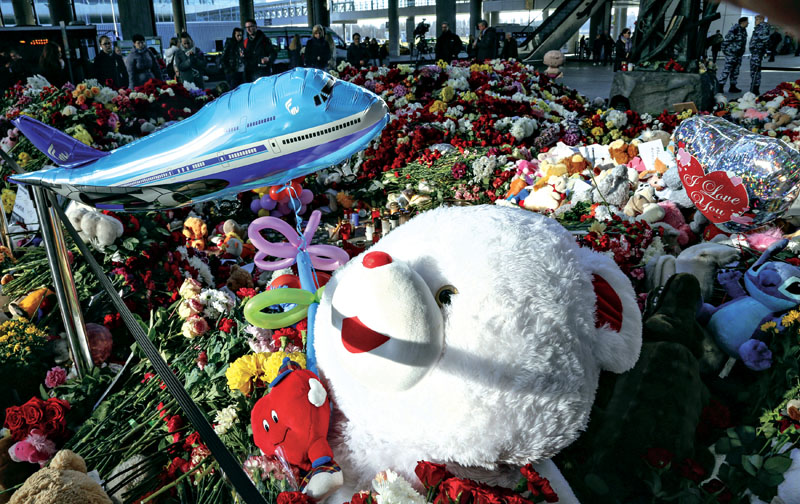Use of heavy metals in toys affecting children’s health
Kathmandu, January 23
Playing with toys is an enjoyable means of training the young for life. Toys such as construction tools, dolls and miniatures, puzzles, vehicles, collectibles, digital toys, promotional merchandise etc are the choice of toys for children.
Parents, however, are mostly not aware of the effect of toys on the health of their children. They do not know that the materials and chemicals used by toy makers can cause severe health problems in children.
To give additional features and attract children, most of the toys in the market are colourful, but they contain several life-threatening chemicals such as lead, mercury, cadmium, etc. These chemicals can even cause death if children are exposed to these heavy metals for a long time.
Professor Dr Amod Pokharel from the University of California said toys contain substances such as lead, mercury, chromium, bromine and cadmium and they badly affect health. “Especially, these metals and chemicals have an impact on brain development, cause learning and development problems leading to decreased IQ scores, attention deficit, hyperactivity, disorder and deficit in vocabulary, vision changes, deafness, kidney problems and can even cause cancer. At high levels, lead can cause permanent brain damage and death,” said Dr Pokharel.
According to data on import and export of Trade and Export Promotion Centre, Nepal imported 87.11 million toys worth Rs 933.14 million in 2013 while in 2012; the total import was 71.06 million toys worth Rs 884.06 million, which shows about 20 per cent increment in terms of volume of import. China is the world’s largest toy manufacturer. It supplies more than 70 per cent toys in the global market. Nepal imports almost 90 percent toys from China. About 88 per cent toy sales in Nepal is targeted at age group 0–11 years.
Considering the high toxic content in toys, the Ministry of Science Technology and Environment has decided to set specific limits on heavy metals such as lead, mercury and cadmium etc in toys. According to Dr Bishwanath Oli, secretary at MOSTE, the ministry has specified the limits criteria prescribed by the Environment Protection Act 1997, Section 7 sub-section (3).
“The government has directed that the criteria must be followed within the 181st day of the publication of the criteria in the standard Gazette. The Gazette was published on January 16,” said Oli. “According to the government, import, export, storage, sales, production and use of toys will be banned if the toys don’t meet the specified criteria.”
Similarly, a research conducted by LEADERS Nepal (Society for Legal and Environmental Analysis and Development Research) in coordination with MOSTE in 2015, showed that out of 100 toys, 78 were made of plastic, 15 made of rubber, 2 made of cotton, 4 made of metal and 1 was made of glass.
Data showed that the toys contained lead, cadmium, zinc and chromium. The toys were are also contaminated with mercury though they were below the ISO standard level. About 13 per cent of the samples contaminated Cadmium. All the samples contained zinc above the limit set by ISO and the US standard. Similarly, 26 per cent of the samples showed lead contamination, and 99 per cent of the samples had chromium above the limit set by different countries. Secretary of LEADERS Nepal, Dhiraj Pokharel said that research were done by collecting 100 toy samples from Kathmandu Valley, Nepalgunj, Bhairahawa, Birgunj, Biratnagar and Banepa from foot paths, street vendors, educational enterprises, super markets and dedicated shops.






